Come and explore the French and English-style gardens of Saint-Germain’s Parc du Château-Vieux and its breathtaking views over the Seine valley.
Information on the tour
4 km circuit. Level of difficulty: beginner
Duration: 1 hour
Tour
Route
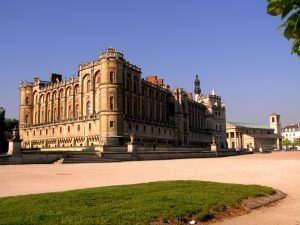 |
Starting point – Château de Saint-GermainStart at the park gates of Château de Saint-Germain, which you leave on your right as you enter. |
|
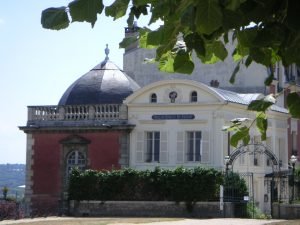 |
Stage 1 – Pavillon Henri IVOne of the vestiges of Château-Neuf de Saint. Le Pavillon Henri IV, birthplace of Louis XIV, now a Hotel and Restaurant****. |
|
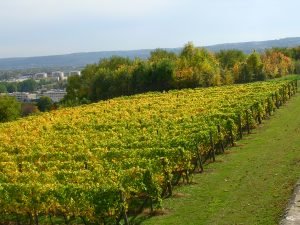 |
Stage 2 – The vineyard of Saint-Germain-en-Laye / Le PecqFrom the “Little Terrace” you have a view over the vineyard of 1,850 vine stocks which produce two varieties of grapes for the pinot noir “Vin des Grottes” (cave wine). |
|
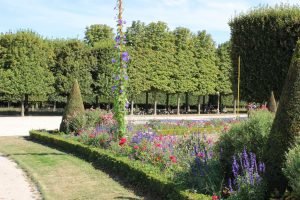 |
Stage 3 – French-style gardensTotally redesigned between 1662 and 1674 by Le Nôtre, who created the Boulingrin (lawn), the Grand Parterre and the Jardin de la Dauphine. |
|
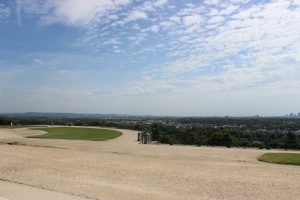 |
Stage 4 – The toposcopeAt an elevation of 84 metres, enjoy the remarkable views over western Paris. |
|
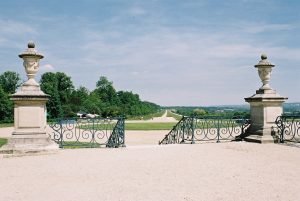 |
Stage 5 – The terraceFrom 1668 to 1675, Le Nôtre created a succession of gardens, and finished by building a terrace 30 metres wide and 2,400 metres in length. The wrought iron railings were added between 1857 and 1871. |
|
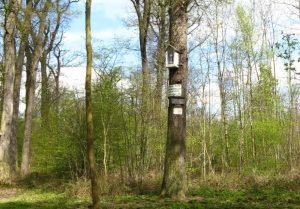 |
Stage 6 – Le chêne des Anglais (near the Half-Moon fortification)Under this oak tree, James II and VII Stuart of Scotland, who lived in exile at Saint-Germain until his death (1689-1701), came to pray before a statue of the Virgin. |
|
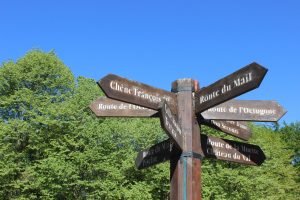 |
Stage 7 – Le chêne François Premier (plot 204 indicated by the blue markers)The oak tree was on the right just before the nine-way intersection. It was one of the forest’s oldest trees and it was named after François Premier. This part of the forest, known as “Little Park” was fenced off by François Premier to allow the royal children to use it freely. |
|
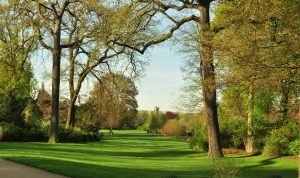 |
Stage 8 – The English gardenIn 1845, the railway line was extended, cutting right through the Grand Parterre. A station was built in front of the château in place of one of Le Nôtre’s ponds. To compensate, Louis-Philippe ordered the creation of the English Garden. |
|
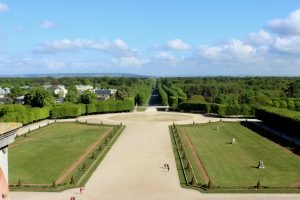 |
Stage 9 – Rond de PontoiseThis “Ring” as it is currently called, is being studied as a potential site on which to reconstruct the former “Grand Bassin” ornamental lake. |
Not to be missed:
